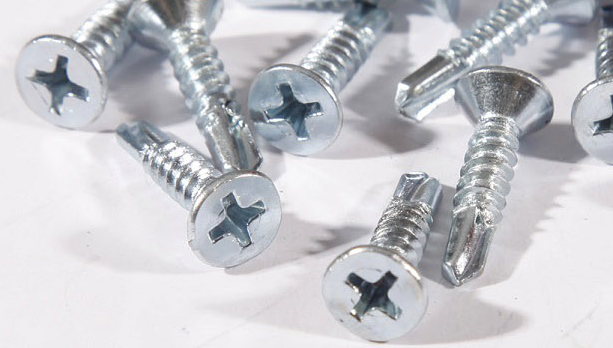Stainless Steel Wedge Anchor Bolts for Secure and Durable Construction Applications
Understanding Stainless Steel Wedge Anchor Bolts
When it comes to construction and engineering, the choice of fasteners plays a crucial role in ensuring the integrity and durability of structures. Among the various types of fasteners available, stainless steel wedge anchor bolts have gained significant popularity due to their robust performance and adaptability across a range of applications. This article will explore the features, advantages, and applications of stainless steel wedge anchor bolts.
What are Wedge Anchor Bolts?
Wedge anchor bolts are a type of mechanical anchor that provides a strong connection between concrete elements and various fixtures, such as machinery, framing, or safety barriers. They consist of a threaded shaft, a wedge, and a nut. The installation involves drilling a hole into concrete, inserting the wedge anchor, and then tightening the nut, which causes the wedge to expand against the sides of the hole, creating a secure grip.
Benefits of Stainless Steel Wedge Anchor Bolts
1. Corrosion Resistance One of the primary advantages of stainless steel materials is their inherent resistance to corrosion. This makes them ideal for use in environments that are exposed to moisture, chemicals, or salt, such as marine settings or regions with high humidity. Unlike traditional carbon steel anchors, stainless steel wedge anchors do not rust or deteriorate quickly, which ensures the longevity of the structure.
2. Load-Bearing Capacity Stainless steel wedge anchors have excellent tensile and shear strength, making them suitable for heavy-duty applications. They are designed to withstand substantial loads without compromising the integrity of the connection, which is essential in construction projects where safety is a top priority.
3. Versatility These fasteners can be used in a variety of concrete applications, including both horizontal and vertical installations. Their adaptability makes them suitable for anchoring equipment, securing structural frames, and even installing fixtures in outdoor settings.
stainless steel wedge anchor bolts

4. Ease of Installation The installation process for stainless steel wedge anchors is straightforward. This ease of use saves time and labor costs during construction, making them an efficient choice for contractors and builders.
5. Aesthetic Appeal The sleek and polished appearance of stainless steel anchors adds a modern touch to constructions, which can be an essential consideration in architectural designs where exposed hardware is visible.
Applications of Stainless Steel Wedge Anchor Bolts
Stainless steel wedge anchor bolts find a myriad of applications across various industries. They are commonly used in
- Construction As anchors for structural steel, they provide secure connections in buildings, bridges, and other infrastructures. - Industrial Settings Heavy machinery and equipment rely on these anchors for stability and safety during operation. - Marine Applications In shipbuilding and coastal constructions, stainless steel wedge anchors resist the corrosive effects of saltwater. - Outdoor Projects Fencing, lighting, and signage installations benefit from the weather resistance of stainless steel wedge anchors.
Conclusion
Stainless steel wedge anchor bolts combine strength, durability, and corrosion resistance, making them an indispensable component in various construction and engineering applications. Their ability to provide secure anchorage in demanding environments ensures that structures retain their safety and functionality over time. For any construction project where reliability is a must, opting for stainless steel wedge anchor bolts is a wise choice that promises long-term performance and peace of mind.
-
Weatherproof Plastic Expansion Anchors for OutdoorNewsJun.06,2025
-
Sustainability in the Supply Chain: Eco-Friendly TEK Screws ProductionNewsJun.06,2025
-
Load-Bearing Capacity of External Insulation FixingsNewsJun.06,2025
-
Double Head Bolts: Enhancing Efficiency in Industrial MachineryNewsJun.06,2025
-
Corrosion Resistance in Chipboard Screws: Coatings for Wholesale DurabilityNewsJun.06,2025
-
Butterfly Toggle Bolts : Enhancing Structural ResilienceNewsJun.06,2025
